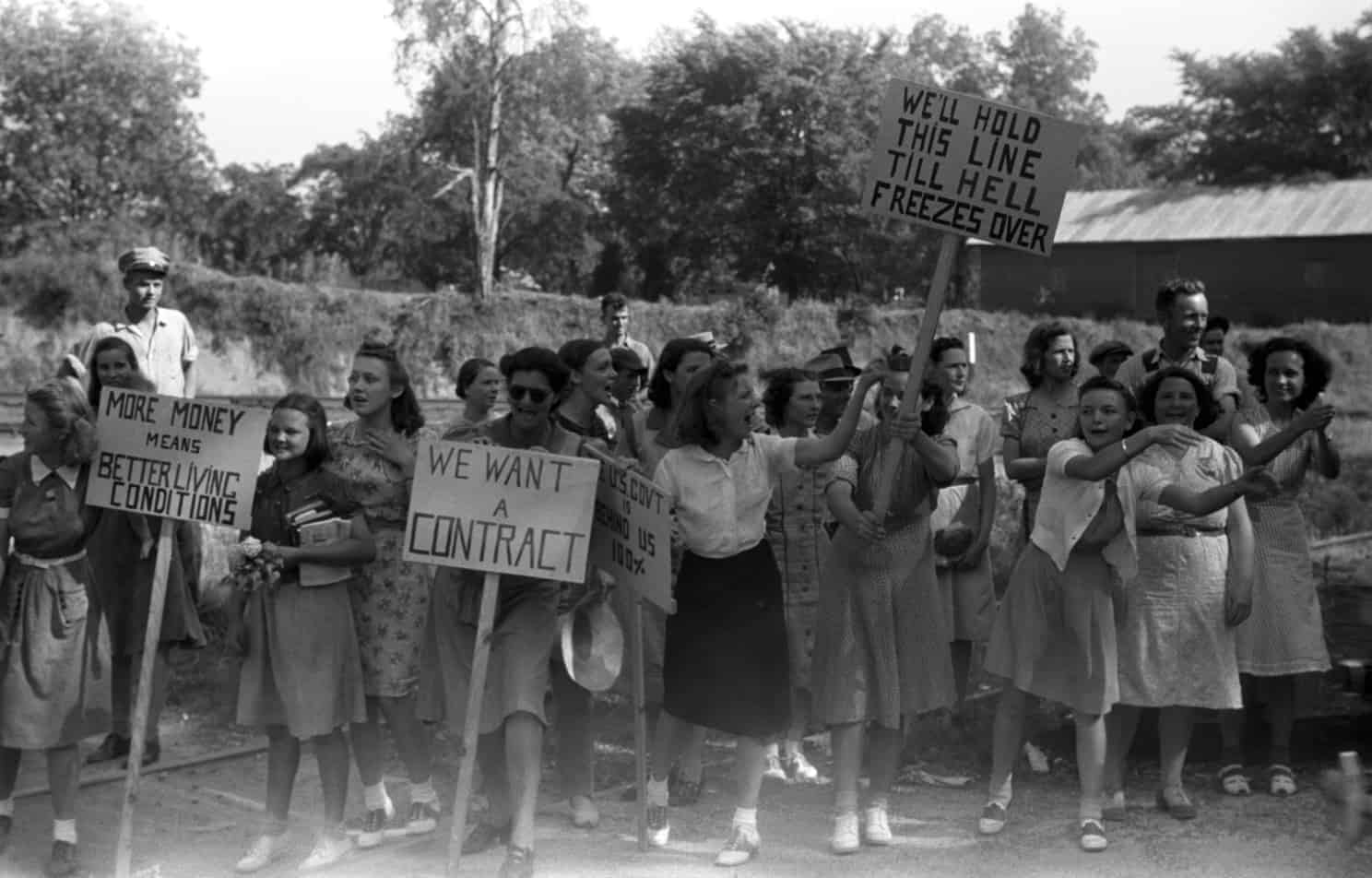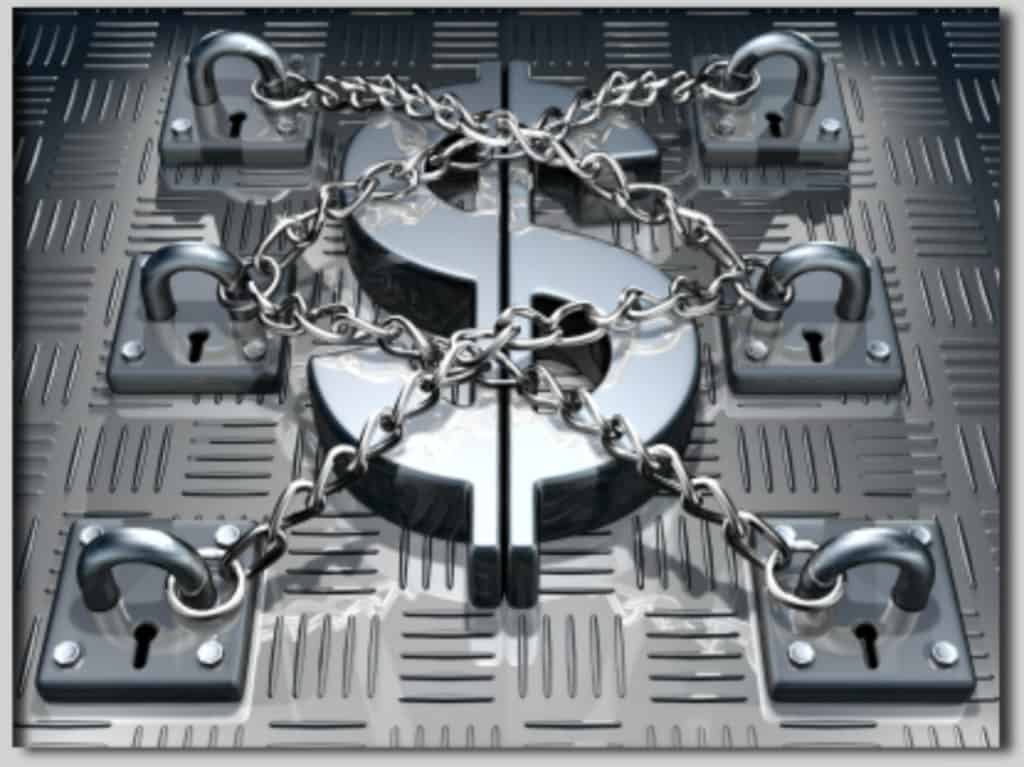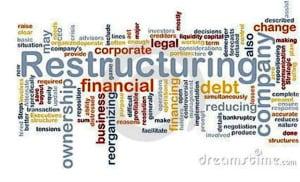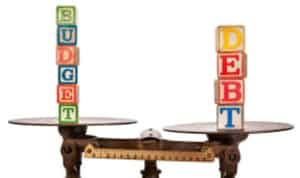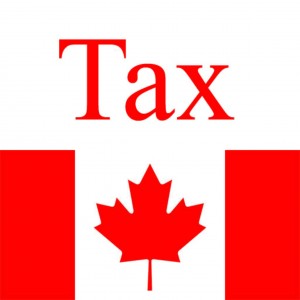HISTORY OF BANKRUPTCY NEVER GETS ANCIENT
History of bankruptcy: Introduction
A subject that rarely gets written about is the history of bankruptcy. Understanding the history of the Canadian bankruptcy system and how it has evolved, gives a helpful look into how it works and help Canadians and Canadian society.
History of bankruptcy: Helping the debtor
The Bankruptcy and Insolvency Act (BIA) provides a way for the orderly liquidation of a bankrupt’s assets and distribute that value to the creditors. In this way, the BIA assists the insolvent debtor who needs a way to be forgiven for his or her financial sins, relieved of their burden and be returned to society as a productive contributor. The BIA assists creditors in providing the system of turning the assets into cash to be distributed to them, and not keeping those assets either out of their reach or just laying in an unproductive state. The BIA also is a system of checks and balances, so that it provides both Canadians and foreigners that there is a vibrant and safe Canadian economy.
History of bankruptcy: Helping the creditors
The BIA also ensures that there is a fair and logical system in place to deal with the assets of the debtor and the claims of creditors. By invoking it, it avoids a race among creditors to attempt to get the right to seize assets in an uncontrolled way. Creditors are paid according to their place in the hierarchy of claims as described in the BIA as follows:
- Trust claimants who are outside of the bankruptcy scheme
- Secured creditors, who are also outside the bankruptcy scheme as long as they hold good and valid security
- Unsecured creditors:
- Preferred
- Ordinary
History of Bankruptcy: bankruptcy alternatives
The BIA also provides debtors to opt for avoiding bankruptcy by making a Proposal. In the case of corporations, a Proposal; for people, either a Proposal or Consumer Proposal, depending on the level of their debt. Proposals are the bankruptcy alternative that allows companies or people to financially rehabilitate themselves and avoid bankruptcy, while offering the creditors more than they would receive in a bankruptcy. In this way, the BIA is both a liquidation and a rehabilitation statute, benefiting both debtors and creditors.
History of bankruptcy: The BIA
The present bankruptcy statute came into force on July 1, 1950. The title of the statute was amended from the Bankruptcy Act to the Bankruptcy and Insolvency Act in 1992, to show the statute had matured into a full financial rehabilitation statute, that could be used to carry out a bankruptcy alternative. Further amendments were made in 1997 to deal with a number of practical issues that became problematic for Canadian society applying the BIA, including:
- Claims for student loans
- Priority status for claims for spousal and child support
- Payment from a bankrupt’s earnings
- Environmental claims
- Liability protection for Directors
- Securities firm insolvency
- International insolvency
In 2005 there were another round of comprehensive amendments to the BIA mainly dealing with the new legislation of the Wage Earner Protection Program Act (WEPPA), designed to protect employees for their unpaid amounts when their employer goes either bankrupt or into receivership.
History of bankruptcy: Rehabilitation
It is a fundamental purpose of the BIA to offer the financial rehabilitation of insolvent persons. The BIA permits an honest but unfortunate debtor, be it a corporation or an individual, to secure financial restructuring through the Proposal provisions, or a discharge from bankruptcy for people. It allows for a fresh start for the debtor to resume his or her place in the business community and society.
The BIA attempts to offer balance by allowing an investigation to be made of the affairs of the debtor and setting aside fraudulent transactions so that ordinary unsecured creditors can share in a distribution, rather than someone else being the beneficiary of those questionable transactions. Finally, the BIA allows for creditors to purse actions against the bankrupt either through the Licensed Insolvency Administrator or directly by a creditor or group of creditors.
History of bankruptcy: The Courts
The general approach to the BIA by the courts is that it is a commercial statute. To administer the process it is left largely in the hands of business people. Technical and legal objections and manoeuvres are not given weight beyond those that are necessary for the proper implementation and interpretation of the BIA. Settlement and resolution are rewarded, litigation and court proceedings are not.
History of bankruptcy: What to do if you have too much debt
I hope this history of bankruptcy provides you with a good look into how the bankruptcy system developed in Canada and how it works. If you’re suffering from too much debt and are seeking debt relief options, contact Ira Smith Trustee & Receiver Inc. Our approach for every file is to create an outcome where Starting Over, Starting Now becomes a reality, beginning the moment you walk in the door. You’re only one call away from taking the steps towards a debt free life.


